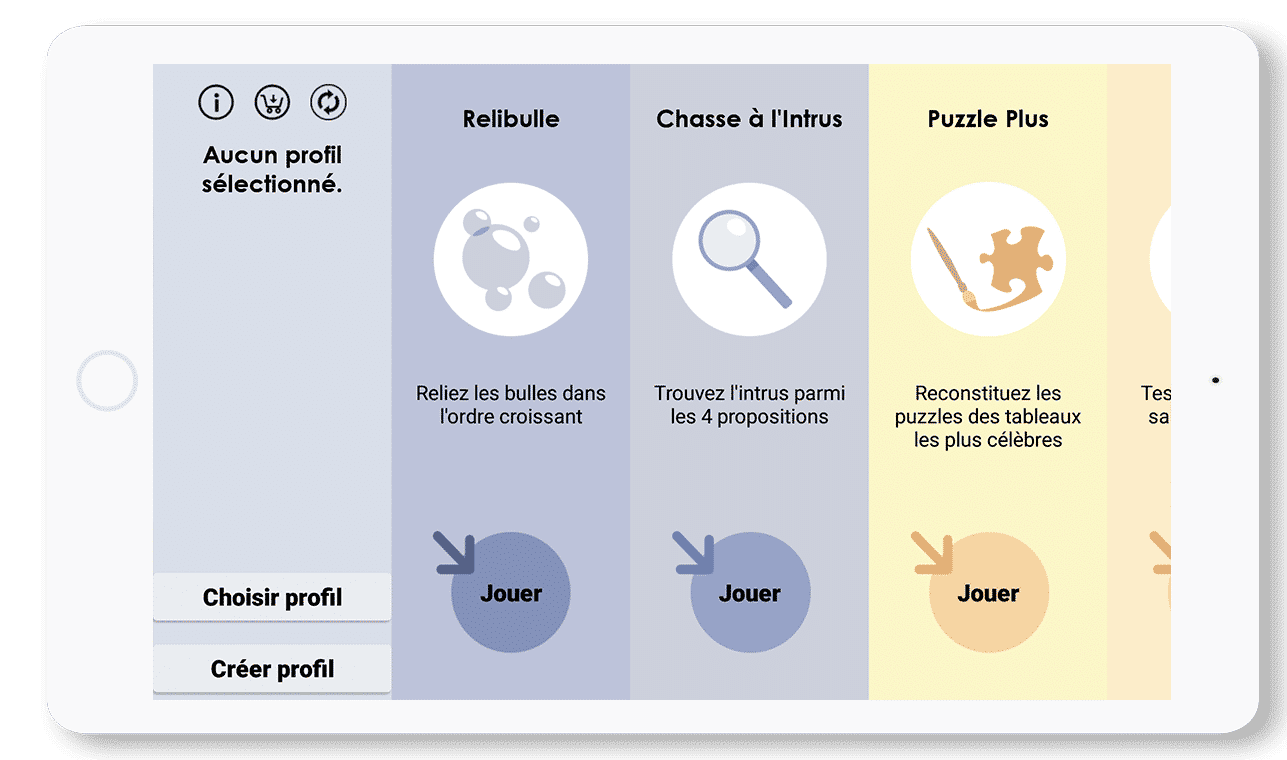We will see how a home caregiver integrates emerging technologies to optimize care, enhance quality of life, and promote the autonomy of beneficiaries.
Innovation in Home Assistance: How Caregivers Use Technology
The Evolution of Home Assistance
Traditional vs. Technological: A Paradigm Shift
Home assistance has undergone a significant metamorphosis, shifting from a traditional approach to an increasing adoption of technological solutions. Once centered on manual methods and conventional practices, this transition towards technology fundamentally redefines the delivery of home assistance services. Key aspects of this change include the emergence of home automation, remote medical monitoring applications, and the introduction of assistance robots. This transition, while full of opportunities, also raises inherent challenges related to adapting to these new technologies.
The Challenges Faced by Caregivers
- Complexity of Tasks: Caregivers are faced with an increase in task complexity, moving from simple household chores to more specialized medical and monitoring activities. The integration of technology adds a layer of technical skill necessary to navigate these new responsibilities.
- Time Management: Time pressure is a constant challenge. Caregivers must now deal with the setup and maintenance of technologies, which can potentially encroach on the time dedicated to direct care.
- Continuous Training: The adoption of emerging technologies requires ongoing training. Caregivers must stay informed and competent in using the latest innovations, which can be a logistical and financial challenge.
- Privacy and Human Relationship: The introduction of technologies can sometimes be perceived as an intrusion into the privacy of beneficiaries. The delicate balance between technology and maintaining a warm and respectful human relationship is a constant challenge.
- Financial Accessibility: The purchase and maintenance of technological equipment can be costly, raising questions about financial accessibility for independent caregivers and small agencies.
The Importance of Responding to the Changing Needs of the Aging Population
As the population ages, the demand for home assistance evolves. Caregivers must adapt to meet varied needs, such as more specialized healthcare, social activities, and mobility solutions. Identifying and proactively managing these changes is crucial to ensure appropriate and quality assistance for elderly people.









